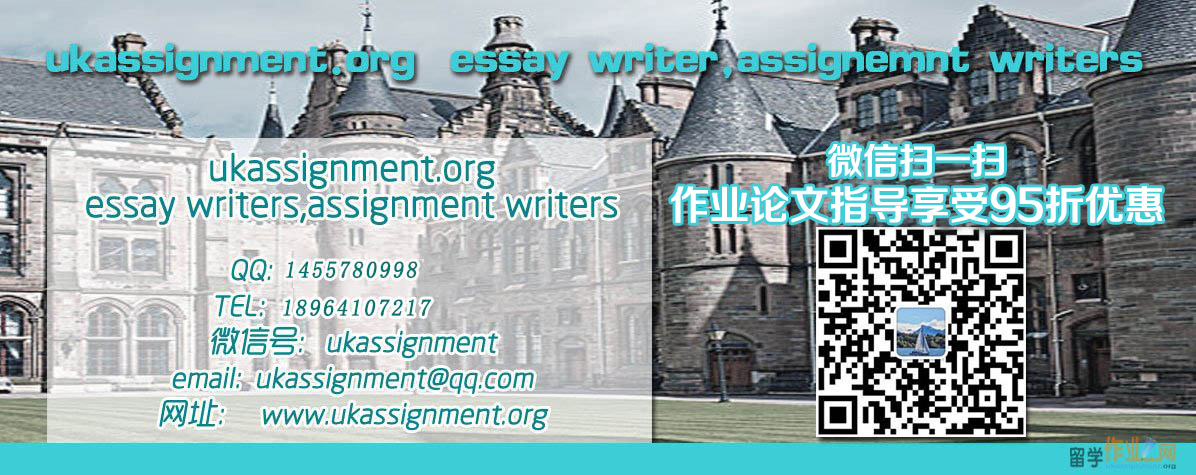|
Modern Trade Theory
References
Appleyard, D. and Field, A. (2005) International Economics, McGraw-Hill Ch. 9 and 10
Husted, S. and Melvin, M. (2007), International Economics, Addison-Wesley Ch. 5
Krugman, P. and Obstfeld, M. (2006) International Economics Addison-Wesley Ch. 6
Articles
Helpman, E. (1999), “The Structure of Foreign Trade”, Journal of Economic Perspectives, 13(2), pp.121-144.
Smith, A. 1994. "Imperfect Competition and International Trade," in Surveys in International Trade. D. Greenaway and L. A. Winters eds.
Outline
Traditional Theory
The Leontief Paradox
Imperfect Competition
Gains from Trade
Traditional Theory…
Focuses on comparative advantage
Comparative advantage is driven by either:
Technology (Ricardo)
Factor Endowments (H-O)
Therefore traditional theory focuses on differences between countries as the basis for trade
Leontief Paradox
Heckscher-Ohlin model suggests that a capital rich country would export capital intensive goods and import labour intensive goods
The U.S. is shown to have a high capital-labour ratio
Therefore we would expect the U.S. to export capital-intensive goods and import labour intensive goods
In 1953 Leontief published a study that found U.S. exports were less capital intensive than U.S. imports
This surprising result is know as the Leontief Paradox
Leontief Paradox – Why?
Productivity of labour
US may be labour abundant if labour productivity is relatively high (i.e. factors are not homogeneous)
High productivity is associated with education and organisation but this would also affect the productivity of capital
Consumption bias
US consumption tastes may be biased to capital-intensive commodities (i.e. tastes are not the same)
Consumption patterns between countries are diverse but..
Consumption patterns in some major trading partners are similar
Factor intensity reversals
Heckscher-Ohlin assumes one commodity is relatively capital intensive at all factor price ratios
This may not be true if one commodity has greater opportunity for factor substitution than the other
e.g. opportunities for factor substitution may be greater for agriculture than for industrial products
Tariffs and non-tariff barriers
Free trade assumption does not hold – all countries have some tariffs and other barriers
US in particular protects labour intensive import competing industries to reduce unemployment
Natural resources
Leontief’s results were based on a two factor model – what about a third factor of natural resources?
Although the US has considerable natural resources its high consumption levels means that it uses them
US may therefore no longer be relatively abundant in natural resources and natural resource imports may be relatively capital intensive#p#分页标题#e#
Human capital
Labour is not homogeneous because of education and training (human capital)
US may be skill abundant and export skilled labour intensive products
Mixed empirical support for both Ricardian and H-O models
Much of world trade is between industrialised countries with relatively similar factor endowments
There is also the existence of economies of scale internal to firms in many industries
High levels of intra-industry trade
Not obvious that the huge expansion in world trade has been accompanied by serious distributional problems (although should note MFA, CAP, protection of steel industry etc.)
Clear absence of perfect competition in some industries
Imperfect competition: an overview
1. Scale economies trade.
a) external economies of scale, consistent with perfect competition
b) internal economies of scale and monopolistic competition
“economic geography”
2. Imperfect competition trade reciprocal dumping
Note: moving away from the traditional paradigm involves making assumptions about:
the nature of competitive interaction
entry into the industry
whether products are homogeneous or differentiated
whether markets are segmented or integrated
Scale Economies
Assumptions:
symmetric firms each producing different varieties of goods
increasing returns to scale at the firm level
Consumers love (value) variety
Monopolistic competition
Outcomes:
variety effect: welfare has risen because consumers have access to a greater variety of commodities.
economies of scale effect: if the elasticity of demand depends on the number of firms, the greater the no. of firms (products) the more elastic demand.
Now when we open up to trade there are more firms competing hence the elasticity of demand rises.
Markup of price over marginal cost is thus reduced and some firms are forced to exit from the market.
There are now less firms supplying the market, remaining firms have moved down their average costs curve
pro-competitive effect: opening up to trade increases the degree of competitive interaction
Reciprocal Dumping
In the reciprocal dumping model, trade takes place despite the fact that exactly the same good is being shipped between both countries
In this model it is the very presence of imperfect competition which drives trade
prior to trade each firm has monopoly power in the domestic market and therefore sets P=MR>MC
the foreign firm observes this and realises that it could sell a unit abroad at a slightly lower price, but where that price is still greater than its MC.
This is profit maximising because it is not impacting on MR in its domestic market
Both firms realise this and thus have an incentive to sell in each other’s market
Assuming imperfect competition gains from trade arise from...#p#分页标题#e#
efficiency gains as firms take further advantage of economies of scale
competitive gains from an intensification of competition (more firms competing in the same market, therefore decline in price cost mark-ups)
(iii) variety gains as the number of product varieties available for consumption increases
Summary
With imperfect competition trade takes place:
either because of imperfect competition = reciprocal dumping model. In this model the goods produced by the firms are absolutely identical
or where firms produce differentiated products, under conditions of economies of scale, and where consumers love variety. In this set up you need imperfect competition to support the equilibrium.
Both models will lead to trade in “similar” products, even though all countries in the model are identical.
Trade leads to welfare gains, not through comparative advantage which exploits differences between countries but through:
increase in competition
increased exploitation of economies of scale
increased variety
|


